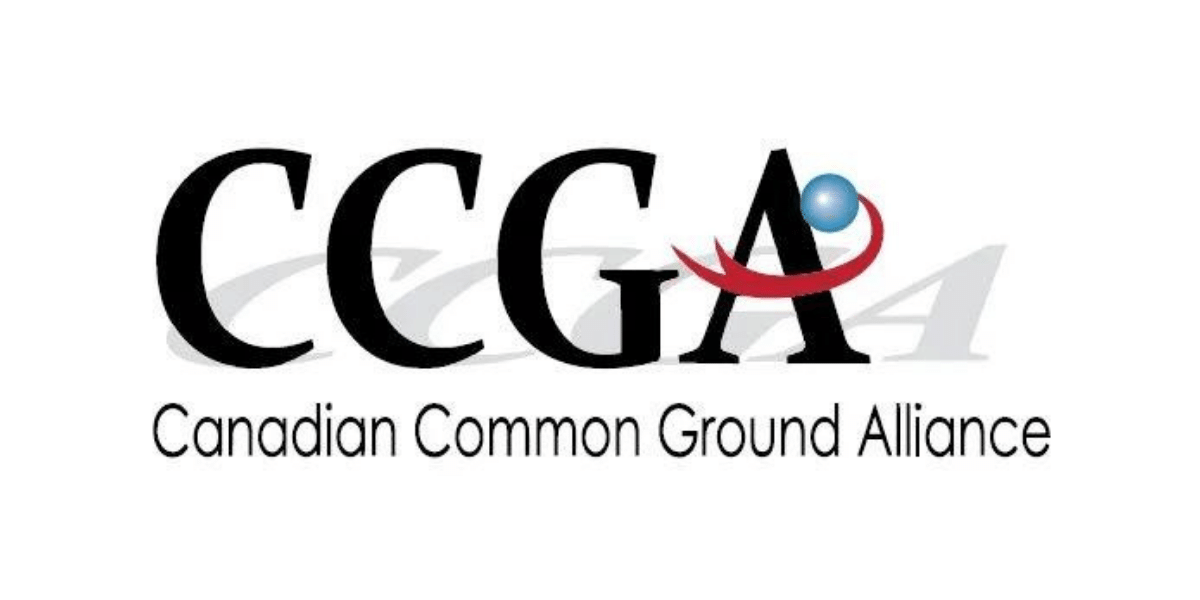
FOR ALMOST four years of my life, bill S229 seemed to be all I lived and breathed! Working with Senator Grant Mitchell, MP Lloyd Longfield, Parliamentary lawyers, stakeholders and interested parties across the country as we drafted and refined legislative language was a tremendous experience. There were successes and challenges – perhaps none bigger than when S229 was challenged as a money bill in 2017 after it had been adopted by the Senate and just before the House of Commons rose for the summer. Across the country, damage prevention partners held their collective breath until the Speaker of the House, Geoff Regan, responded in September and clarified S229 was in fact not a money bill. Soon after, S229 was tabled in the House of Commons by MP Lloyd Longfield. Although it never proceeded further along that legislative path, it also didn’t perish.
“After one month, PSPC was surprised to learn it had been notified of ground disturbances near their underground infrastructure over 160 times, triggering 46 locates.”
While the Canadian Common Ground Alliance (CCGA) worked on the bill, Public Service and Procurement Canada (PSPC) was, in parallel, reviewing the proposed legislation, as well as seed documents from which S229 emerged, and saw an opportunity to enhance their current capability for underground infrastructure.
Consequently, PSPC reached out to the CCGA to explore the notion of a damage prevention pathfinder project for the National Capital Area (NCA) and after an agreement and Memorandum of Understanding was established with PSPC, a team was assembled under the leadership of Ralph Collins and Ravi Sundararaj to register all PSPC assets in the NCA, and their buried energy and utility networks, with Ontario One Call.
In April 2019, PSPC completed registration of its underground infrastructure in the Ottawa portion of the NCA with Ontario One Call. They were ready to receive notifications of proposed ground disturbances near their assets and to initiate a damage prevention process to protect the integrity of their buried plant and all customer services relying on them.
After one month, PSPC was surprised to learn it had been notified of ground disturbances near their underground infrastructure over 160 times, triggering 46 locates. This early data set PSPC on pace for an estimated 1,200 to 1,500 notifications during the 2019 digging season – and for the most part, these ground disturbances would not have been identified without registering PSPC data with Ontario One Call.
Next, PSPC is working to register its underground infrastructure in the Gatineau side of the NCA with Info-Excavation, Quebec’s One Call notification service. And in the months that follow, PSPC underground infrastructure assets will be registered across Canada, applying a consistent approach to damage prevention.
At the same time PSPC undertook to champion the protection of underground infrastructure, it leveraged the results of the NCA Pathfinder Project to its regions and to other federal custodians of real property, all achieved without legislation, and demonstrating the same objectives can be achieved through government and industry collaboration.
Mike Sullivan is President of Alberta One-Call Corporation and serves as President of the Canadian Common Ground Alliance representing the collective voice of damage prevention across Canada. He can be reached at msullivan@canadiancga.com.

![ESM Sidebar Ad[87] ESM Sidebar Ad[87]](https://excavationsafetyalliance.com/hubfs/ESM%20Sidebar%20Ad%5B87%5D.gif)



Comments